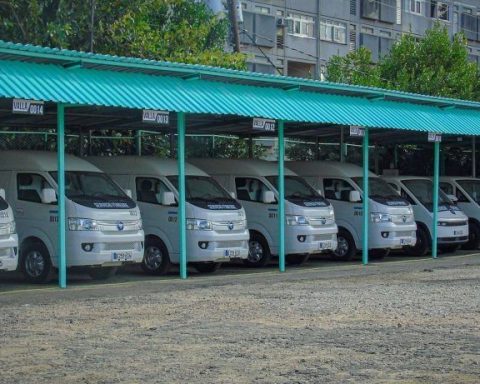AREQUIPA, Peru – The start of the rehabilitation of the block two boiler at the Lidio Ramón Pérez Thermoelectric Power Plant (CTE), of Felton, in Holguín, and its executive schedule, was confirmed by sources from this industry to the official press of the Cuban regime.
However, these are works that would not begin until May 2025 and would last around two and a half years, discouraging news for the Cuban people affected by extensive power outages and associated service interruptions.
Erick Milanés Quinzán, general director of the plant, confirmed to journalist Emilio Rodríguez Pupo, from the Radio Mayarí station, that all the boiler structures are practically in the country.
The manager assured that during the next month the last necessary supplies used in the manufacture of this component are expected, which will be manufactured at the Paco Cabrera Metal Structures Factory (Metunas).
Milanés Quinzán expressed that the arrival of the tubes contracted abroad for the manufacture of the boiler aggregates and to undertake the assembly is expected soon.
Also, he expressed that at the end of this year it is expected to have the necessary financing for the acquisition of the rest of the elements and equipment that will allow establishing an assembly sequence and enabling the final synchronization of the group.
Block two of the Lidio Ramón Pérez Thermoelectric Power Plant suffered a fire in the boiler when, after a partial repair, it attempted to incorporate 240 megawatts (MW) into the National Electroenergy System in the summer of 2022.
In the midst of the existing energy crisis in Cuba, the Electrical Union (UNE) points out in his daily part that this Sunday unit 5 of the Mariel CTE, the Antonio Guiteras CTE unit of Matanzas, unit 5 of the Nuevitas CTE, unit 2 of the Felton CTE and Unit 3 of the Antonio Maceo CTE are still in breakdown. Under maintenance is unit 2 of the CTE Santa Cruz, units 3 and 4 of the CTE Cienfuegos and unit 5 of the CTE Renté.
Although the input of Guiteras, the largest generating block on the Island, is estimated for the peak, the availability is 1,840 MW and the maximum demand is 2,980 MW, for a deficit of 1,140 MW. If these conditions continue, the UNE predicted an impact of 1,230 MW during this time.

















